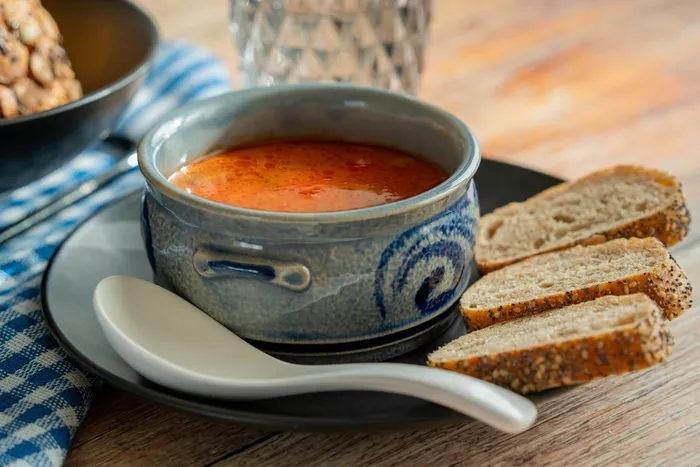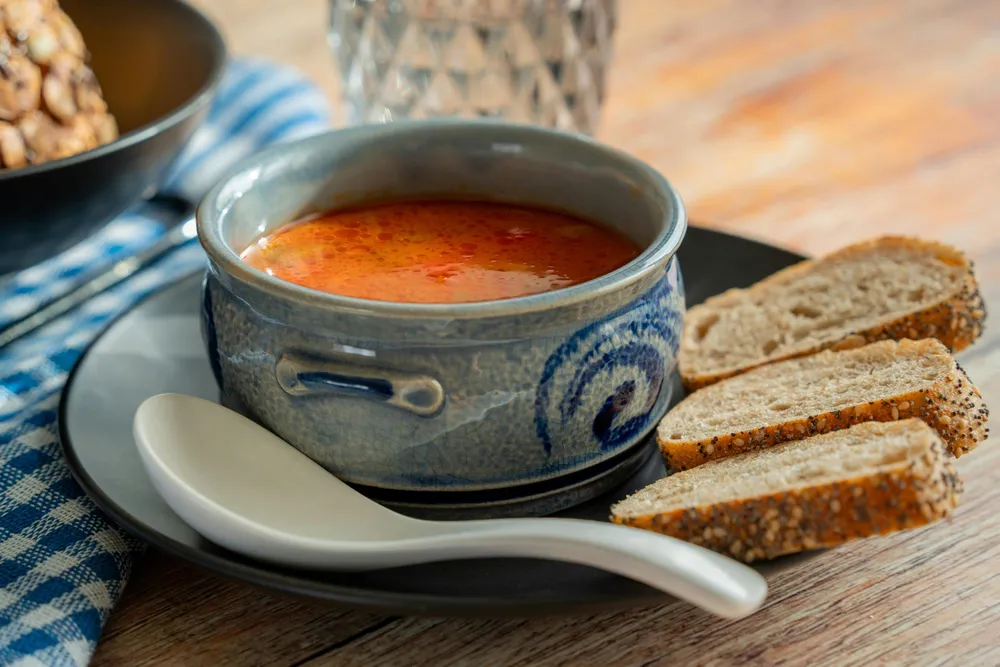The art of eating: hands v spoons in culinary traditions

Although the spoon, particularly in Western cultures, is often seen as a symbol of sophistication, it lacks the profound sense of identity that finger-eating imparts to certain communities. Picture: Pexels/Guvo
Food, an essential aspect of human existence, has been enjoyed in myriad ways across cultures and traditions.
One of the most enduring debates that has persisted through generations is the choice of dining utensils – should one eat with hands or use spoons? For many, this choice runs deeper than mere preference; it is interwoven with cultural heritage, social experiences, and even medical insights.
As an individual who enjoyed many meals in my youth with family and friends using our hands, I have come to appreciate the significant distinctions between these two practices.
For instance, I remember a teenage incident when a friend, unfamiliar with the cultural practice of eating with hands, walked into my home as we were feasting.
She exclaimed incredulously, “You’re eating with your hands!” At that moment, her astonishment seemed misplaced; for my family, this simply was how many meals were consumed.
The practice of using hands was a norm, fostered by shared family meals and cultural ideals.
We have come a long way since those times. Today, there is a growing understanding that eating with fingers has several benefits over the most-washed and steamed cutlery.
Naturally, we all have our tendencies, comfort levels and cultural outlooks, but what does science have to say about this?
In this article, we will explore the art of eating with hands and spoons, exploring their merits, cultural relevance and impact on our overall dining experience.
@mamkhomanzigraceb @White Star South Africa ♬ original sound - Laiza
The joy of eating with one’s hands
Eating with hands is a time-honoured tradition that dates back to human history before the advent of utensils.
This practice is steeped in intimacy and sensory exploration, allowing eaters the opportunity to forge a tactile connection with their food. The simple act of picking up morsels with fingers connects one with the very essence of the meal — the textures, temperatures, and even aromas.
Particularly in cultures such as India, parts of Africa, the Middle East and South Asia, communal dining practices not only strengthen bonds between individuals but also elevates the entire dining experience.
Benefits of eating with hands
Apart from cultural significance, there are numerous practical advantages to this traditional method of dining:
- Heightened taste sensation: The direct contact between food and fingers amplifies sensitivity to flavours and textures, enabling a more profound appreciation of each dish.
- Temperature awareness: Our hands serve as natural thermometers, allowing us to gauge the temperature of food before it reaches our mouths, preventing unwelcome surprises.
- Controlled portions: With increased awareness of intake, diners might find they are less prone to overeating, opting for only what their true appetite demands. With increased sensory organs at work, you are more conscious of the amount and type of food you consume. This ensures that you eat only as much as your appetite (and not your greed) demands. Along with smaller portions, eating with your fingers also helps you eat slower. This allows you to make a more informed judgement about how much you need to become full. And hence, avoids overeating.
- Better digestion: Eating with hands can lead to better chewing and an intimate engagement with food, promoting a more effective digestive process.
- Hygiene: Simplistic as it sounds, you wash cutlery once whereas you wash your hands multiple times a day. Plus you know where your hands have been! And you are more aware of any soap remnants stuck to your hand than to your cutlery.
According to Ayurvedic practitioners, the best way to eat is with hands, after washing them thoroughly, using only fingers (without soiling the palm), while sitting on the floor cross-legged to aid digestion.

Cultural significance
In societies where eating with hands is customary, it holds immense cultural weight.
This practice evokes humility and communal spirit, evident during family gatherings where meals are shared such as our beloved soft pap served with ulusu (tripe) or imdombolo (steamed bread) with hearty stew enjoyed beside a fire in the Xhosa culture.
Although the spoon, particularly in Western cultures, is often seen as a symbol of sophistication, it lacks the profound sense of identity that finger-eating imparts to certain communities.
Embracing diversity in dining practices
In today's globalised landscape, culinary practices from diverse cultures are flourishing and becoming increasingly accessible.
Instead of regarding hands and spoons as opposing forces, we can celebrate their unique offerings.
Participating in multicultural dining experiences broadens our understanding, appreciation, and respect for different foods and traditions.
After all, how we consume food is a reflection of our culture and personal experiences. Whether using hands or spoons, the essence lies in the act of sharing, savouring and connecting with others over a meal.

Ultimately, the choice between eating with hands or using spoons is subjective, shaped by cultural upbringing, personal inclinations, and the type of cuisine being enjoyed.
Regardless of the method, enjoying a meal is paramount.
The next time you sit down to dine, take a moment to relish the experience, respecting the traditions and tastes that influence your culinary journey.
Related Topics: